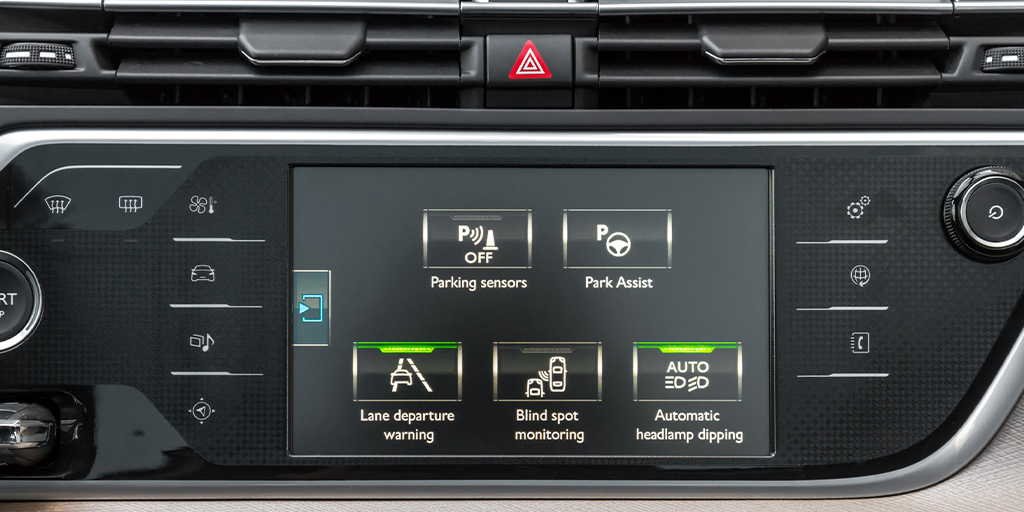CAZs can be confined to a single road or a part of a city and can include areas in which vehicles can be charged or fined for entering. The most recent CAZ came into force for drivers entering Birmingham’s Clean Air Zone. Officially launched on 1 June, it was delayed by two weeks to give motorists “time to adjust” to the change. It was likely to have been a significant adjustment. An estimated 25 per cent of the vehicles on the city’s road were impacted for not meeting the required emission standards. Birmingham’s CAZ is a ‘Class D’ category and will include compulsory fees for vehicles that do not meet required emission standards entering the Zone without an exemption. These conditions may vary in other CAZs see below.
Birmingham’s approach sees cars, taxis and vans having to pay £8 per day, 24 hours a day, all year round and coaches, buses and HGVs, face having to pay £50 a day if they do not meet environmental requirements.
In the run up top Birmingham’s CAZ zone going live, a survey revealed that one in three respondents were not even aware the zone was coming into effect. With more such CAZs due to come into force, we hope the following CAZ guide based on government information is helpful.
Why is the Government introducing Clean Air Zones?
The Government has a long term strategy to improve air quality across the country by discouraging the use of older, more polluting, vehicles and has a short term goal to reduce the number of areas in the UK where air pollution breaches legal limits.
How will Clean Air Zones be introduced?
Local authorities are responsible for the implementation of clean air zones. Each Council was asked to create an Air Quality Improvement Plan and submit it to Government by March 2018.
What vehicles will be affected by the Clean Air Zones?
Local authorities can decide what level of restriction to apply.
There are four classes of Clean Air Zone:
- Class A -Buses, coaches, taxis and private hire vehicles
- Class B – Buses, coaches, taxis, PHVs and heavy goods vehicles (HGVs)
- Class C – Buses, coaches, taxis, PHVs, HGVs and light goods vehicles (LGVs)
- Class D – Buses, coaches, taxis, PHVs, HGVs LGVs and cars
Buses, coaches and HGVs that meet Euro VI emissions standards must be exempt from any charges or restrictions.
Cars, vans and taxis that meet Euro 6 (diesel) or Euro 4 (petrol) emissions standards must be exempt from any charges or restrictions.
Ultra-low emission vehicles with a significant zero-emission range must be exempt from any charges or restrictions.
How much will it cost to enter a Clean Air Zone?
Charging is not compulsory. Local authorities will only be able to set charges at levels designed to reduce pollution, not to raise additional revenue beyond recovering the costs of the scheme.
Will I be charged to enter a CAZ?
The Government provides a tool for drivers to check. You’ll need the registration number of the vehicle in question.
https://vehiclecheck.drive-clean-air-zone.service.gov.uk/vehicle_checkers/enter_details










